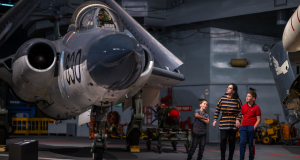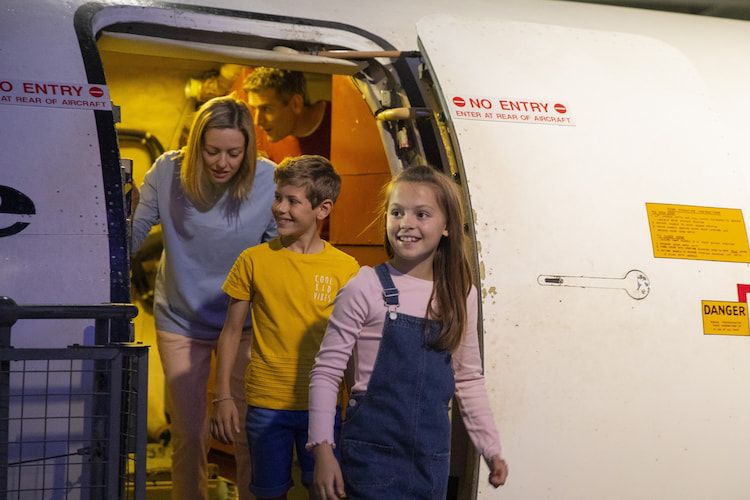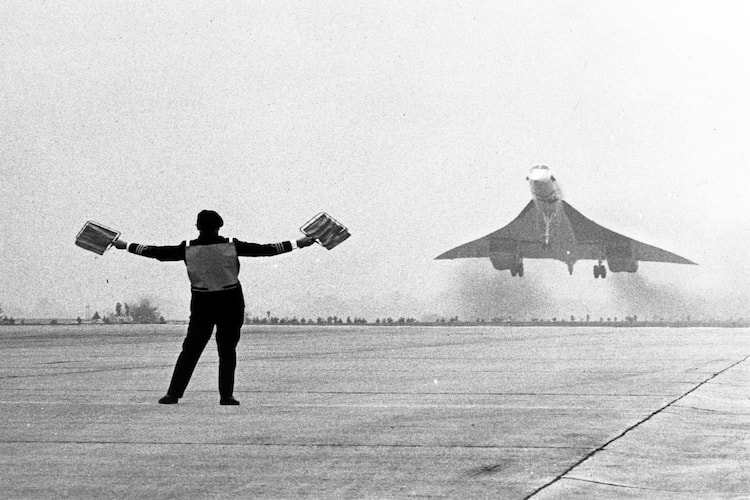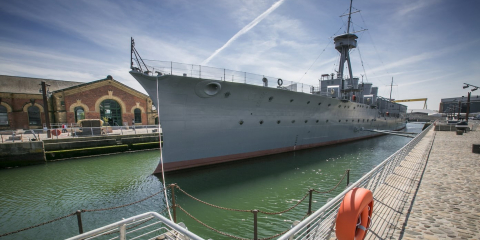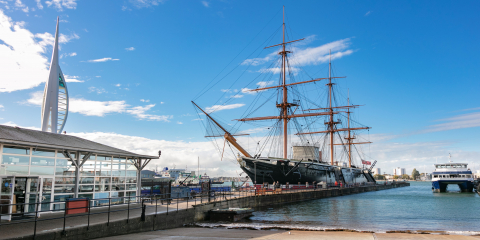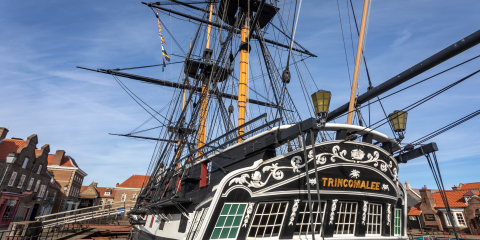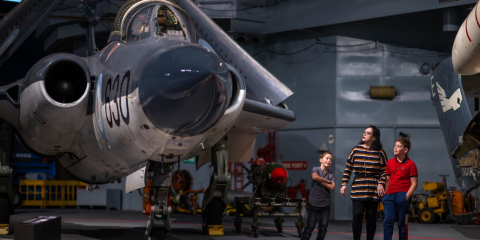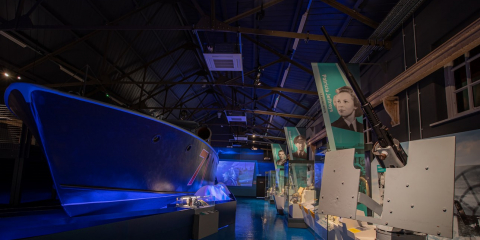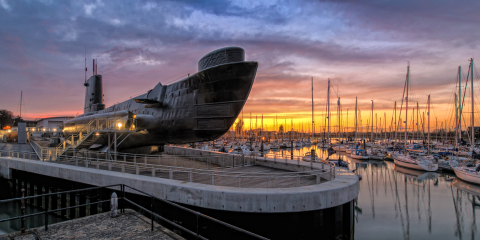
Concorde 002
Get your boarding passes ready and step on-board Concorde at the Fleet Air Arm Museum.
Find out the fascinating story behind this prototype as it was tested and developed to shape the 16 Concordes that went into service for Air France and British Airways
On board the world-famous Concorde 002 you can marvel at this amazing feat of modern technology, discover how it reached incredible speeds in excess of 1,300 mph, and changed the world of commercial aviation forever!
Concorde 002 first took off in April 1969. Following seven years of extensive supersonic testing, her last flight was made to the Fleet Air Arm Museum, Yeovilton, in July 1976, where she is preserved in one the Museum’s four exhibition halls.
Concorde 002 was the second prototype of this Anglo-French aircraft. She was assembled in Britain and made her maiden flight from the British Aircraft Corporation's plant at Filton, Bristol, on 9 April 1969, with the first French prototype Concorde 001 flying from Toulouse, France, a month earlier on 2 March 1969. The main purpose of Concorde 002 was to act as a test and development aircraft for the fleet of 16 Concordes that were to be built for Air France and British Airways.
Concorde 002 first achieved supersonic speed on 25 March 1970, when she reached the speed of Mach 1.15. She hit her maximum speed of Mach 2.05 (approx. 1,350 mph) on 7 October 1971.
On completion of her test programme she arrived at RNAS Yeovilton in July 1976 and was placed on permanent display at the Fleet Air Arm Museum. This marked the end of her test career, which lasted seven years, but was the start of a glorious second career, educating the British public on a marvel of modern technology.
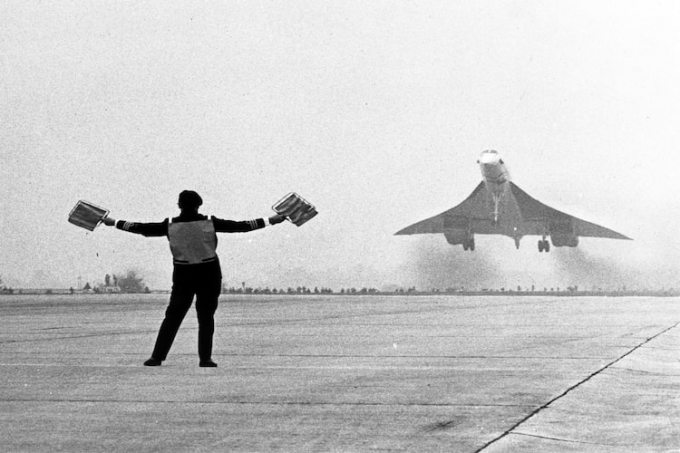

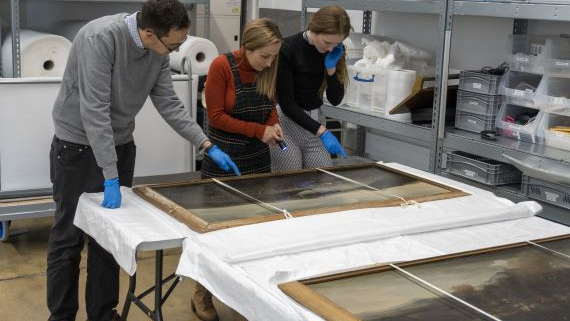
Support us
As a charity we rely on funding from many sources to preserve the rich history of the Royal Navy
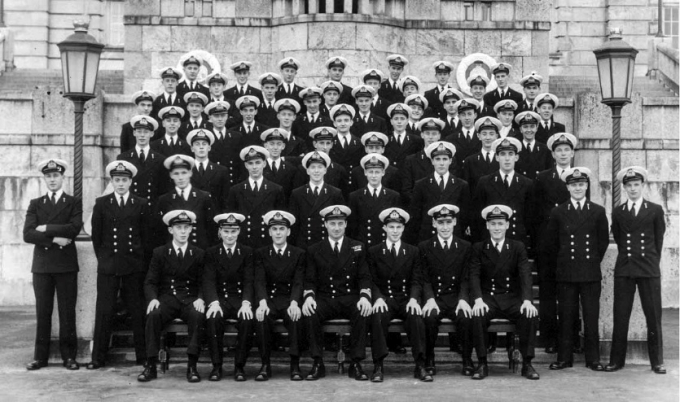
Collections and Conservation
See our impressive collections and conservation work
